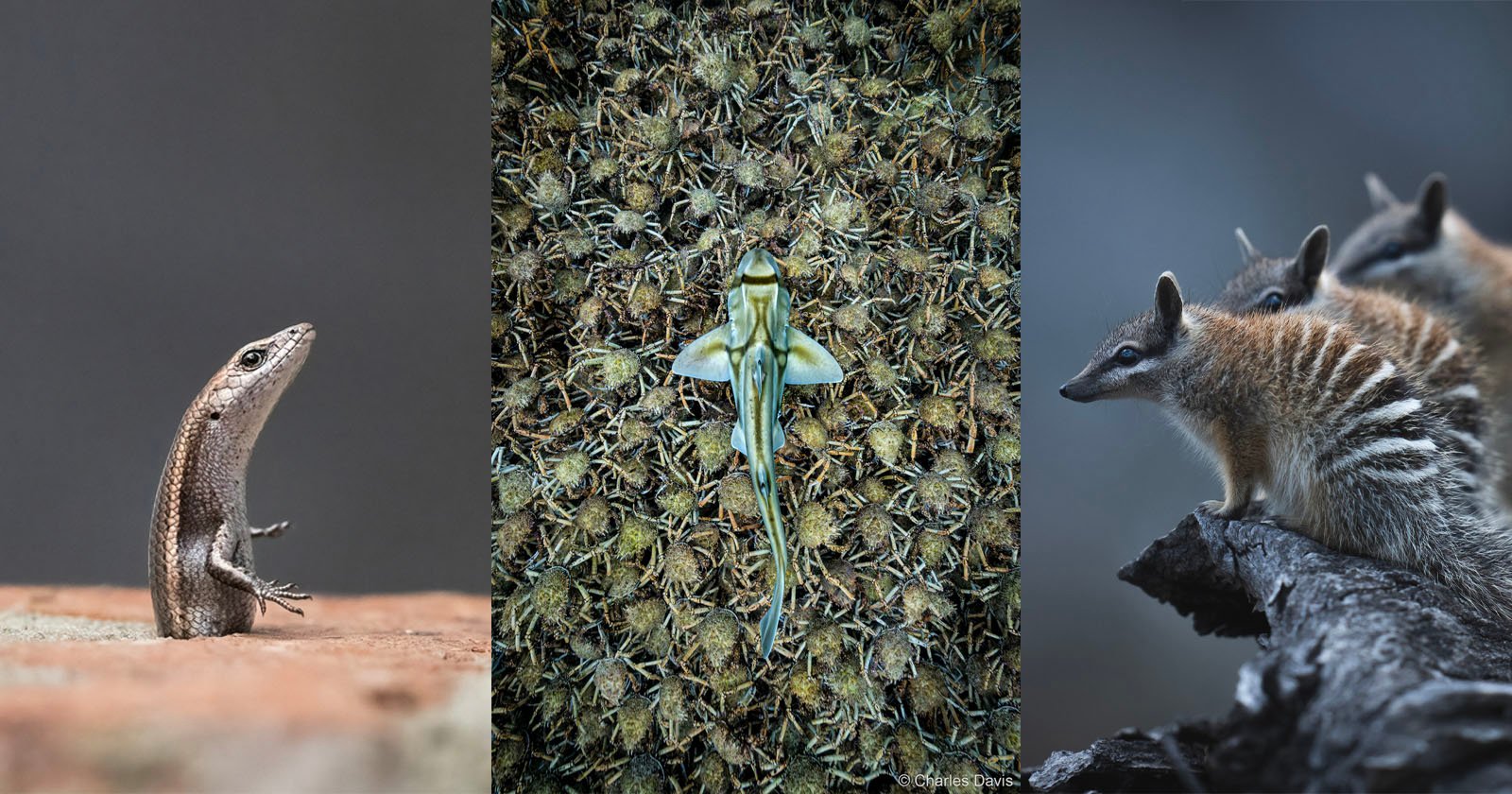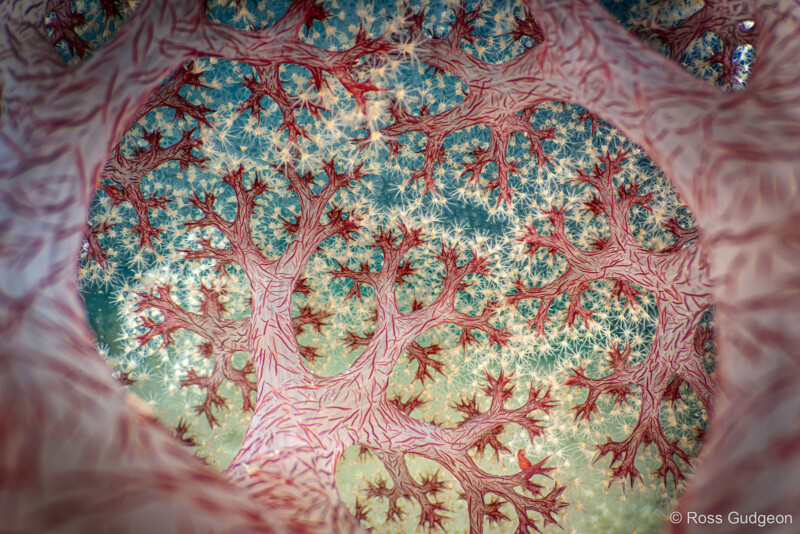 Overall winner – Inside-out view of a cauliflower soft coral. Named for its characteristic appearance that resembles a cauliflower, with numerous small, rounded, bump-like polyps that give it a puffy texture. This unique perspective was made possible by the Nauticam EMWL, an underwater version of the probe or insect eye lens. | Ross Gudgeon
Overall winner – Inside-out view of a cauliflower soft coral. Named for its characteristic appearance that resembles a cauliflower, with numerous small, rounded, bump-like polyps that give it a puffy texture. This unique perspective was made possible by the Nauticam EMWL, an underwater version of the probe or insect eye lens. | Ross Gudgeon
A psychedelic inside-out macro view of a cauliflower soft coral has been named the winner of the 2025 Australian Geographic Nature Photographer of the Year.
The photograph taken by Western Australian photographer Ross Gudgeon was captured in the waters of Lembeh Strait, off North Sulawesi, in Indonesia.
The coral is named for its characteristic resemblance to a cauliflower, with numerous small, rounded, bump-like polyps that give it a puffy texture.
Gudgeon was able to achieve the unique perspective by using a Nauticam extended macro wide lens (EMWL), an underwater version of the probe or insect eye lens.
For his achievement, Gudgeon received the overall winner’s prize of $6,530 (10,000AUD) and a cruise with Coral Expeditions. Winners in the competition’s 10 categories also received $980 (1,500AUD) each.
Animals in Nature 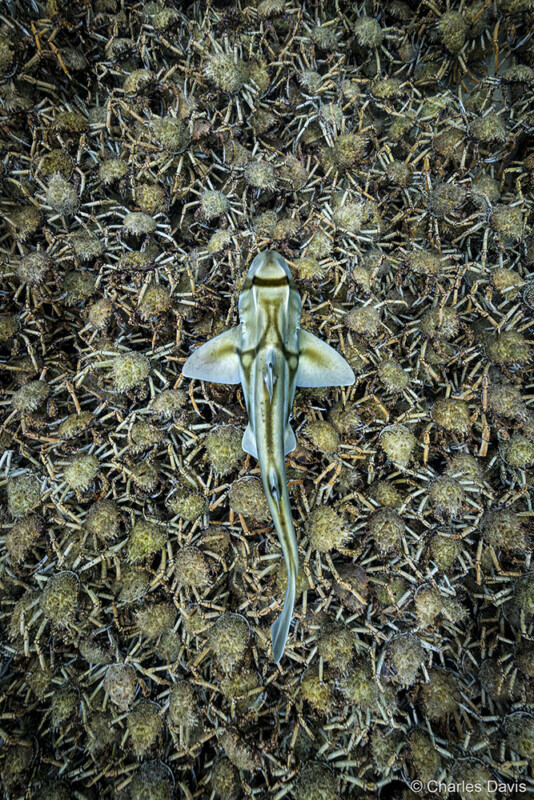 Winner of Animals in Nature category. Each year, on the full moon, tens of thousands of spider crabs gather to shed their shells. At this time, they become soft and vulnerable to predation from sharks and large rays so they bunch up in epic numbers to protect themselves. This Port Jackson shark was cruising over the hoard. | Charles Davis
Winner of Animals in Nature category. Each year, on the full moon, tens of thousands of spider crabs gather to shed their shells. At this time, they become soft and vulnerable to predation from sharks and large rays so they bunch up in epic numbers to protect themselves. This Port Jackson shark was cruising over the hoard. | Charles Davis
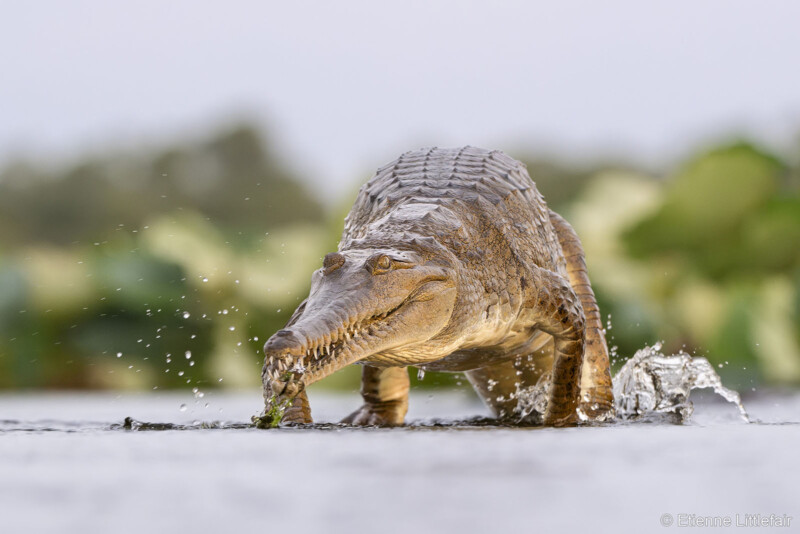 Etienne Littlefair
Etienne Littlefair 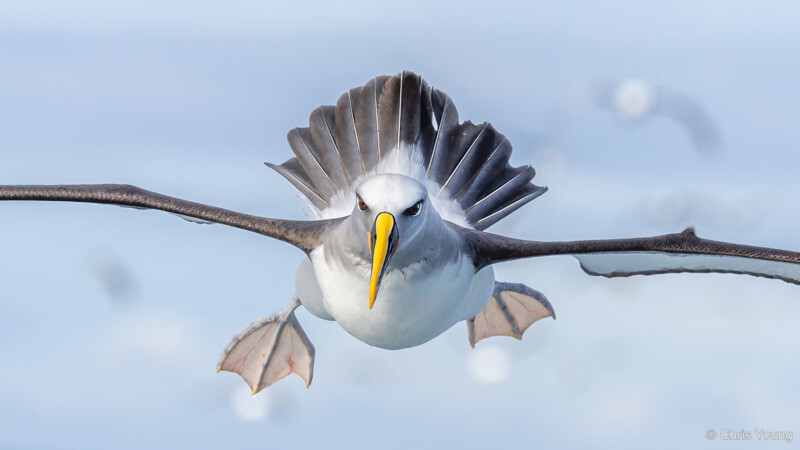 Chris Young
Chris Young 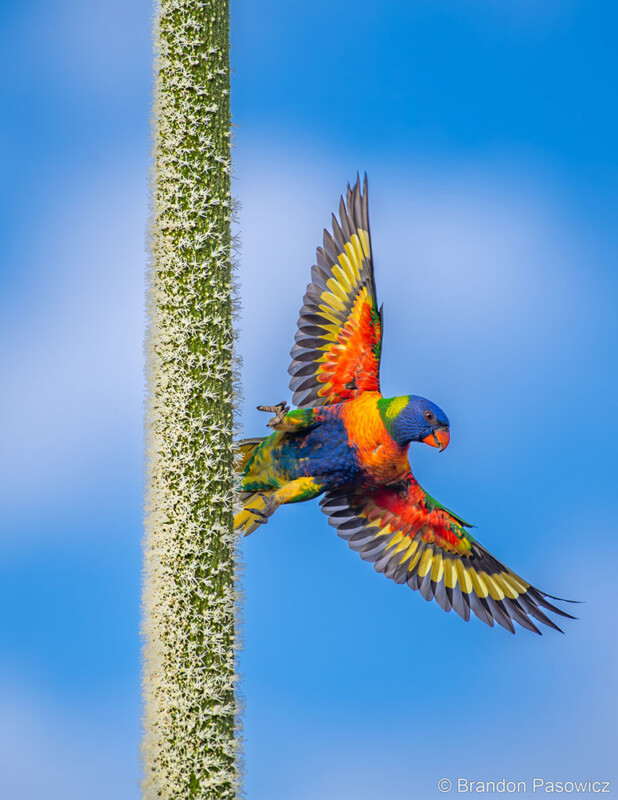 Brandon Pasowicz
Brandon Pasowicz 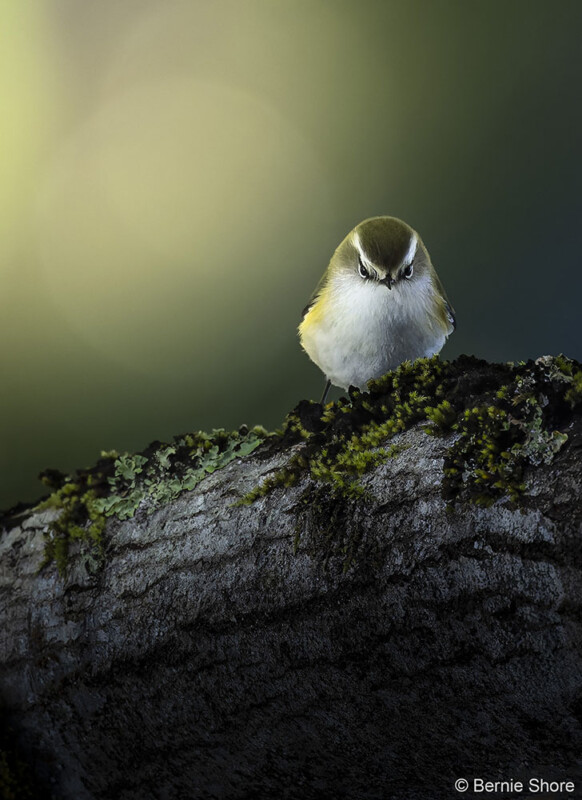 Bernie Shore Threatened Species
Bernie Shore Threatened Species 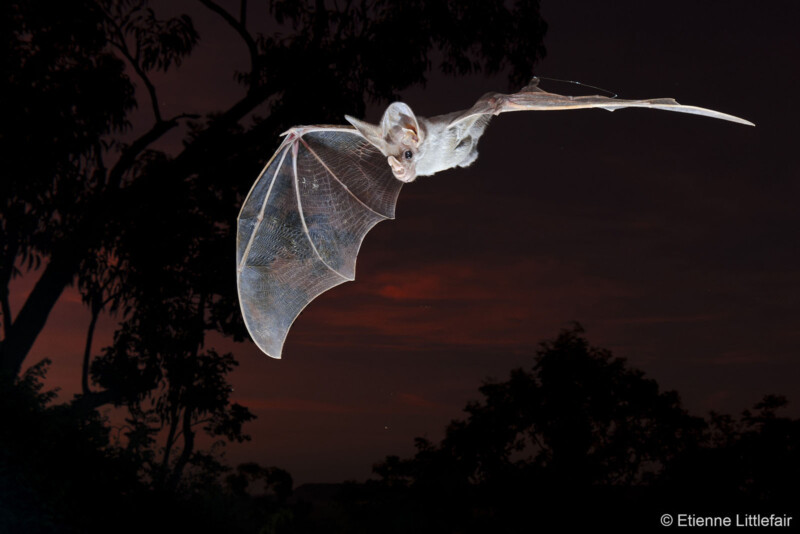 Winner of the Threatened Species category. Ghost bats are rare and elusive, with strict roost requirements. After years studying these nocturnal predators with thermal optics, I’ve discovered a handful of regularly frequented locations in the escarpment surrounding my home. This image was captured on 1 January 2025 – an incredible way to usher in the New Year. | Etienne Littlefair
Winner of the Threatened Species category. Ghost bats are rare and elusive, with strict roost requirements. After years studying these nocturnal predators with thermal optics, I’ve discovered a handful of regularly frequented locations in the escarpment surrounding my home. This image was captured on 1 January 2025 – an incredible way to usher in the New Year. | Etienne Littlefair 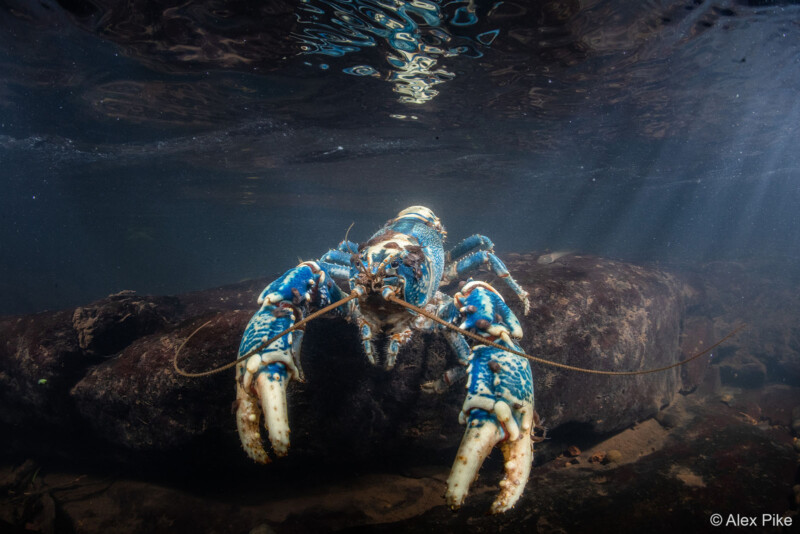 Alex Pike
Alex Pike 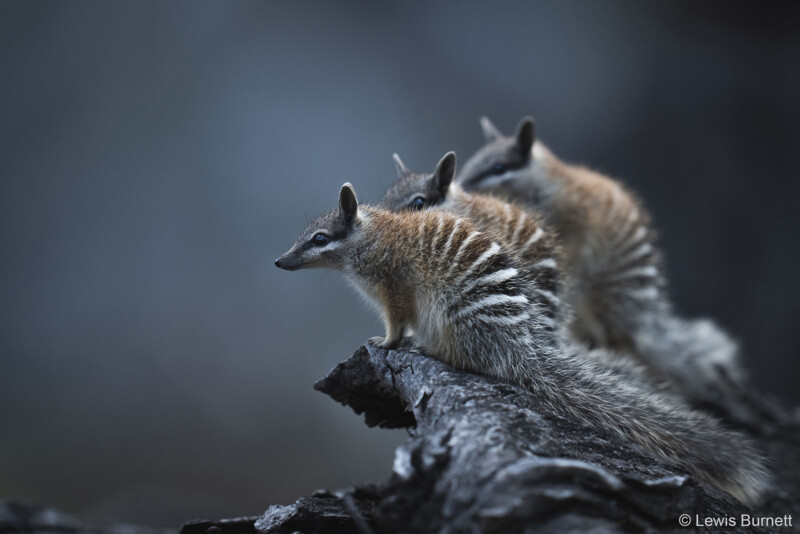 Lewis Burnett
Lewis Burnett
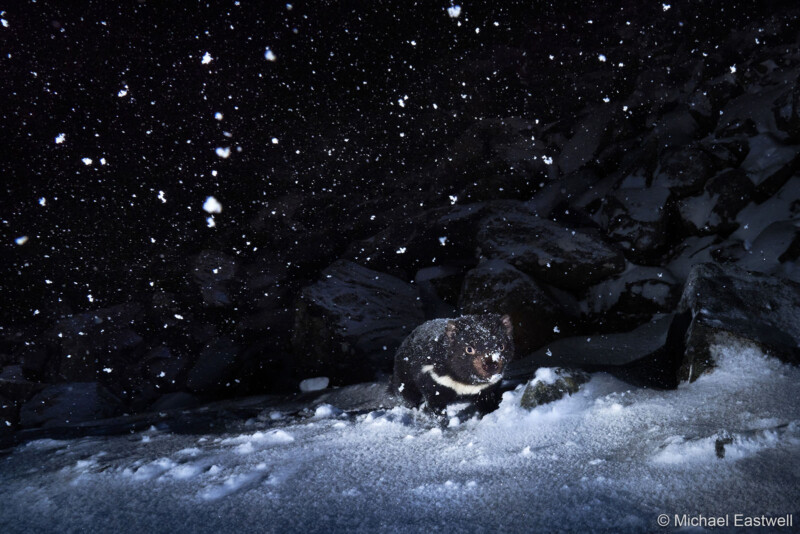 Michael Eastwell Our Impact
Michael Eastwell Our Impact 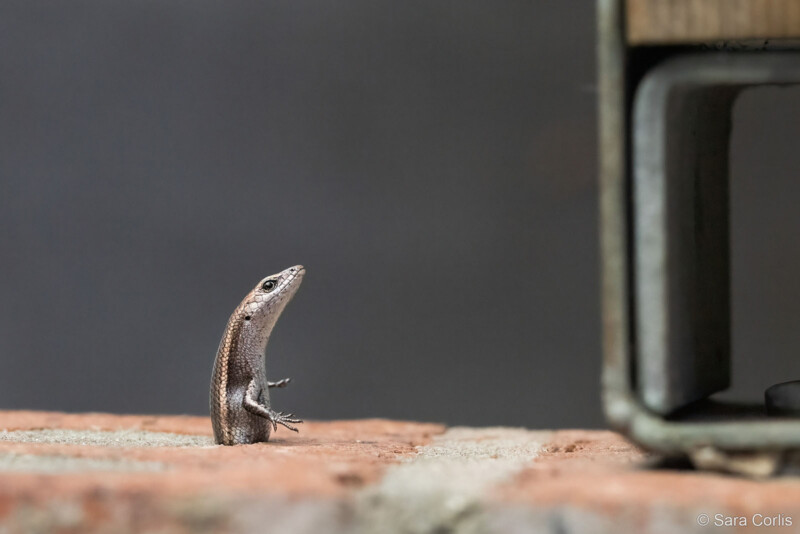 Winner of the Our Impact category. Discovered in a brick wall at home, a small garden skink was trapped in a hole. I felt helpless as the lizard thrashed its body from side to side in an attempt to escape. Thankfully, it was eventually able to get itself free. | Sara Corlis
Winner of the Our Impact category. Discovered in a brick wall at home, a small garden skink was trapped in a hole. I felt helpless as the lizard thrashed its body from side to side in an attempt to escape. Thankfully, it was eventually able to get itself free. | Sara Corlis  Joanna Kelly Astrophotography
Joanna Kelly Astrophotography 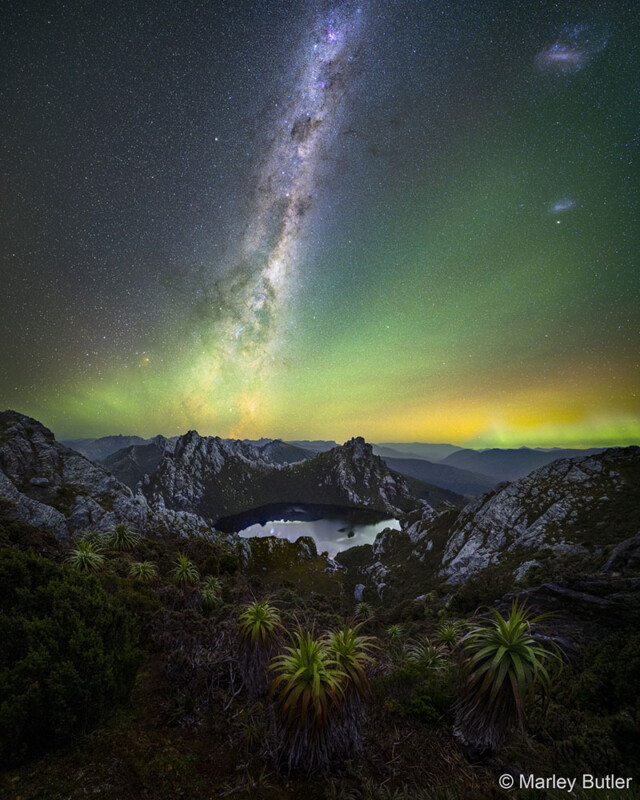 Winner of the Astrophotography category. An amphitheatre of pandani watch on as the galactic core, swathed in airglow, rises over an alpine lake, nestled in a rugged Tassie mountain range. Lady Aurora dances under the Magellanic Clouds. This image was captured on a crisp night in one of Tasmania’s more rugged and majestic multi-day walks. | Marley Butler
Winner of the Astrophotography category. An amphitheatre of pandani watch on as the galactic core, swathed in airglow, rises over an alpine lake, nestled in a rugged Tassie mountain range. Lady Aurora dances under the Magellanic Clouds. This image was captured on a crisp night in one of Tasmania’s more rugged and majestic multi-day walks. | Marley Butler 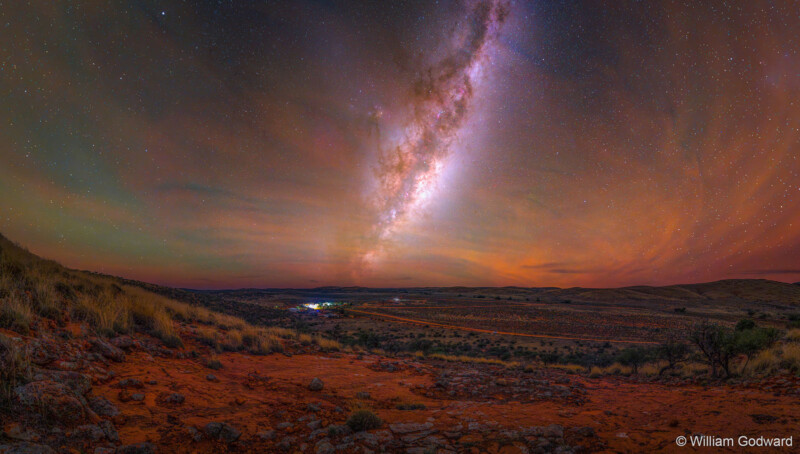 William Goward
William Goward 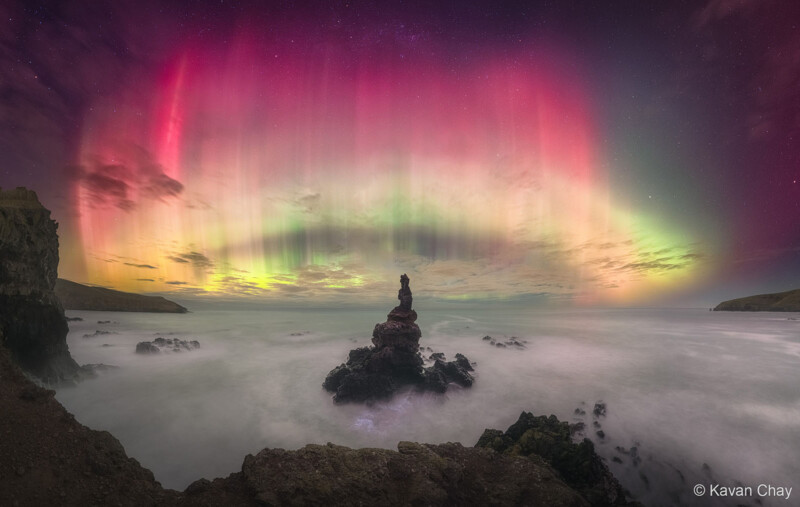 Kavan Chay Landscape
Kavan Chay Landscape 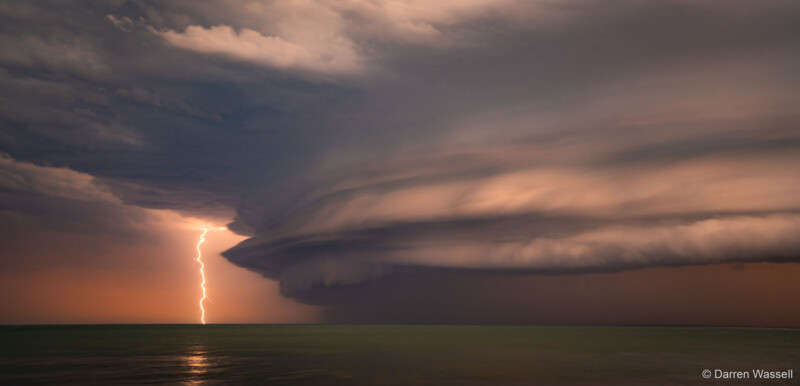 Winner of the Landscape category. I love the raw power and beauty of storms. Watching this severe storm making its way to me, I was filled with excitement and anticipation. To capture the only CG (cloud-to-ground) bolt to come from this amazing shelf cloud was absolute bliss. Once again, thank you Mother Nature! | Darren Wassell
Winner of the Landscape category. I love the raw power and beauty of storms. Watching this severe storm making its way to me, I was filled with excitement and anticipation. To capture the only CG (cloud-to-ground) bolt to come from this amazing shelf cloud was absolute bliss. Once again, thank you Mother Nature! | Darren Wassell
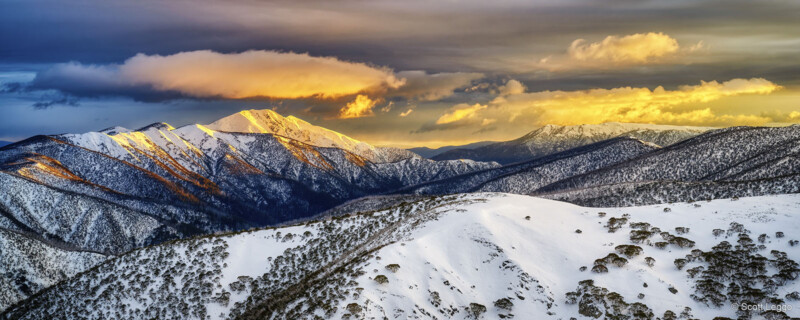 Scott Leggo
Scott Leggo 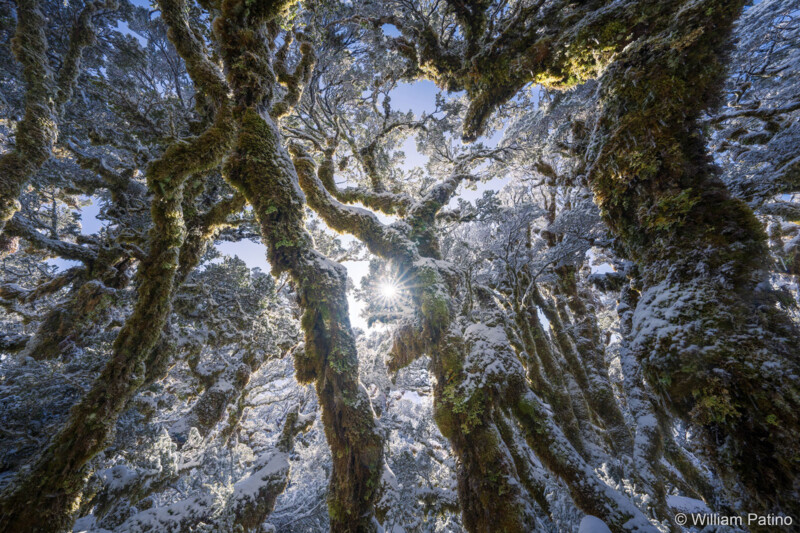 William Patino Monochrome
William Patino Monochrome 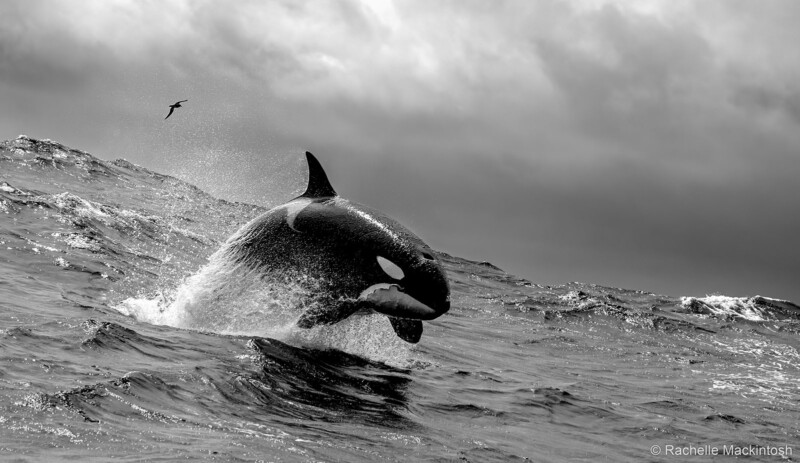 Winner of the Monochrome category. Orca WA007 joyfully leaps out of the Bremer Canyon after devouring a Cuvier’s beaked whale, her prey’s intestines subtly hanging from her mouth like a festive decoration. Around 300 of these mammalhunting orcas have been recorded in this remote Southern Ocean hotspot, with unfolding research suggesting they may be their own ecotype. | Rachelle Mackintosh
Winner of the Monochrome category. Orca WA007 joyfully leaps out of the Bremer Canyon after devouring a Cuvier’s beaked whale, her prey’s intestines subtly hanging from her mouth like a festive decoration. Around 300 of these mammalhunting orcas have been recorded in this remote Southern Ocean hotspot, with unfolding research suggesting they may be their own ecotype. | Rachelle Mackintosh 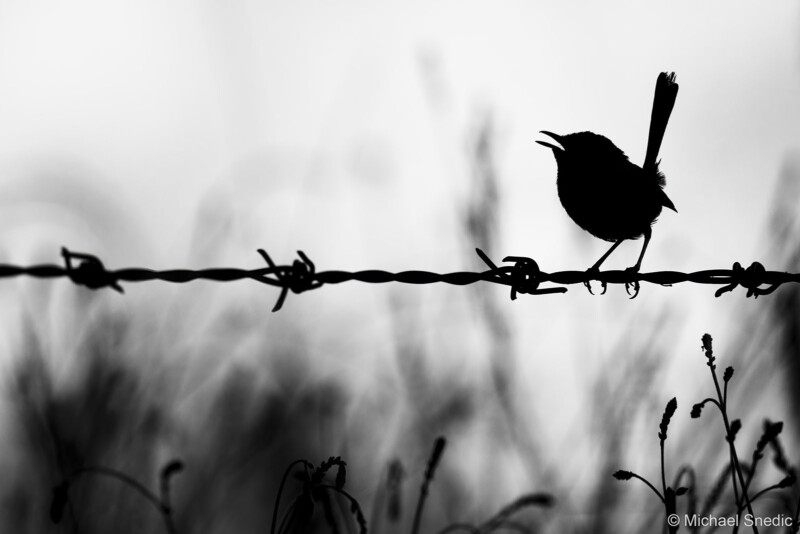 Michael Snedic
Michael Snedic 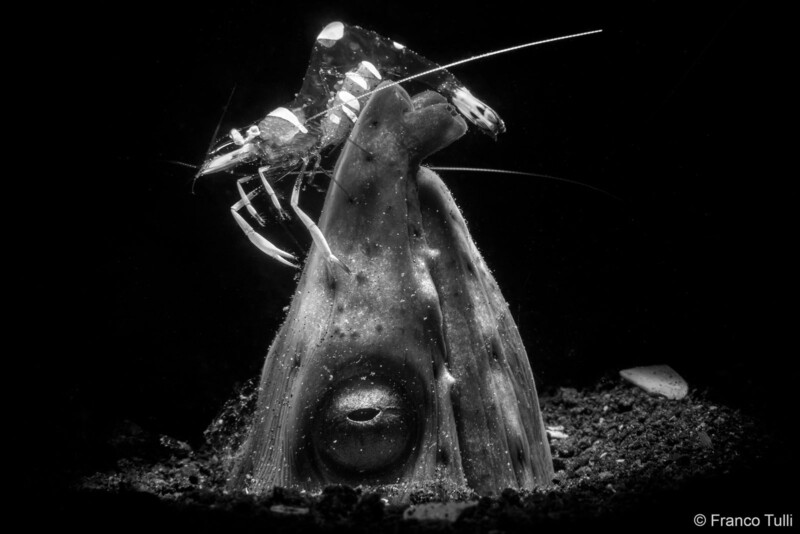 Franco Tulli Aerial
Franco Tulli Aerial 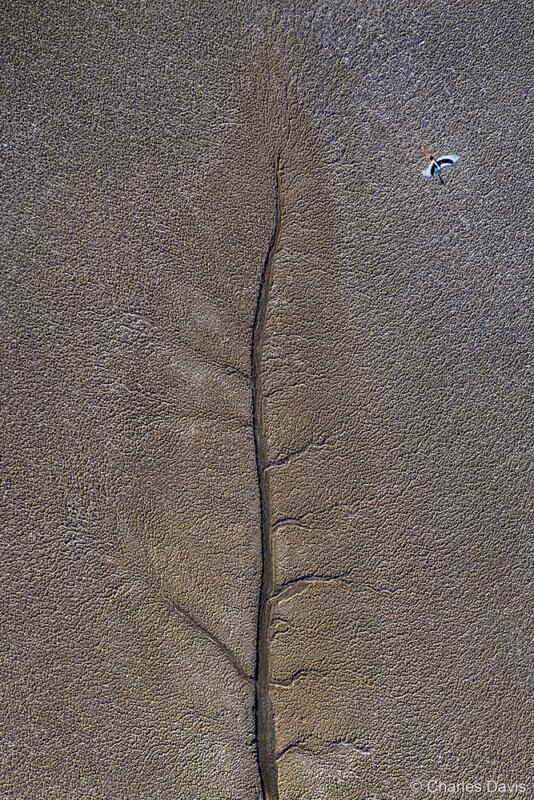 Winner of the Aerial category. This is not a dead leaf; it is a result of massive tides retreating over mudflats. I thought of a dead tree and a bird as we flew over the flats in the chopper. As this blacknecked stork flew towards the drainage, we banked hard just in time to capture them together. | Charles Davis
Winner of the Aerial category. This is not a dead leaf; it is a result of massive tides retreating over mudflats. I thought of a dead tree and a bird as we flew over the flats in the chopper. As this blacknecked stork flew towards the drainage, we banked hard just in time to capture them together. | Charles Davis 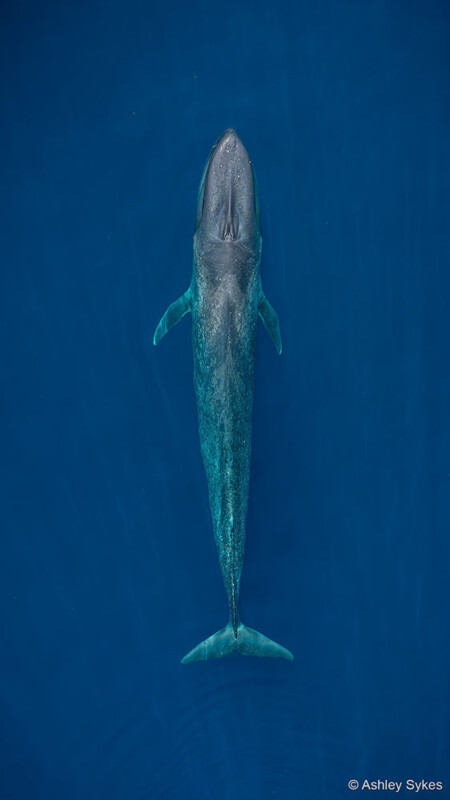 Ashley Sykes
Ashley Sykes
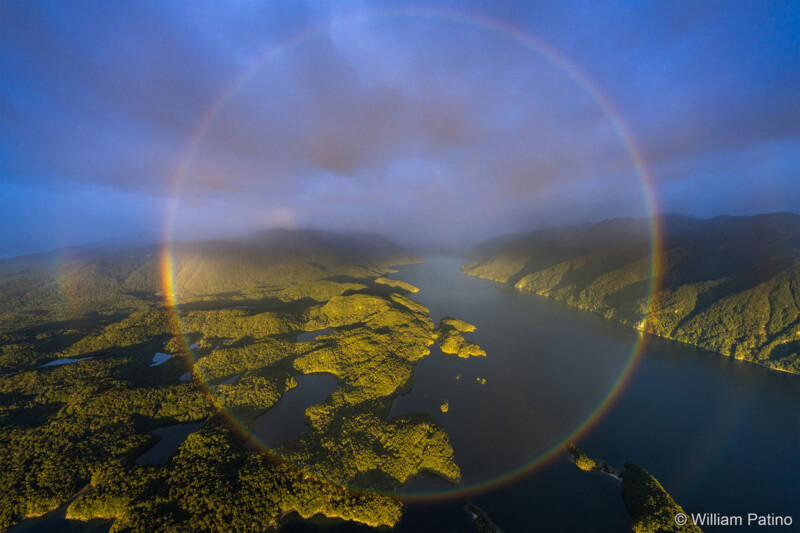 William Patino Macro
William Patino Macro 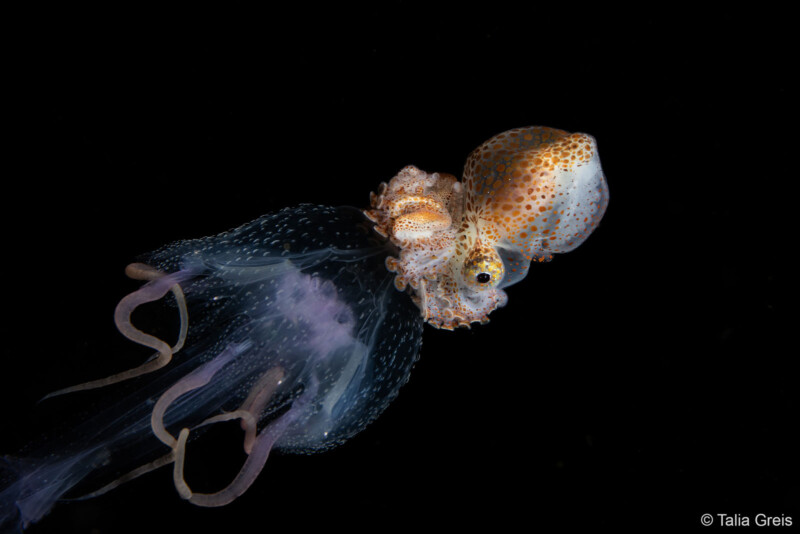 Winner of the Macro category. Vertical migrations are some of the most remarkable in the world. Billions of animals hide in deep waters then travel to the surface at night to feed under the cover of darkness. This paper nautilus hitched a ride on a passing jellyfish – a truly unique and magical encounter on one of the world’s greatest vertical currents. | Talia Greis
Winner of the Macro category. Vertical migrations are some of the most remarkable in the world. Billions of animals hide in deep waters then travel to the surface at night to feed under the cover of darkness. This paper nautilus hitched a ride on a passing jellyfish – a truly unique and magical encounter on one of the world’s greatest vertical currents. | Talia Greis 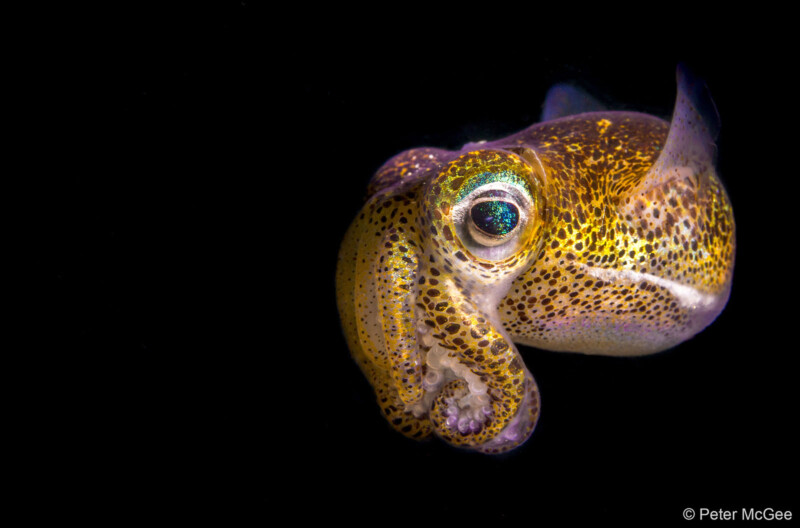 Peter McGee
Peter McGee 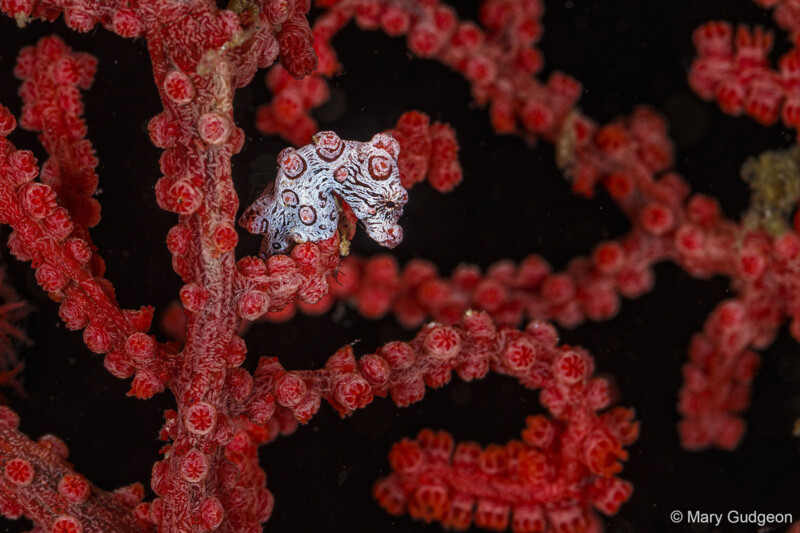 Mary Gudgeon
Mary Gudgeon 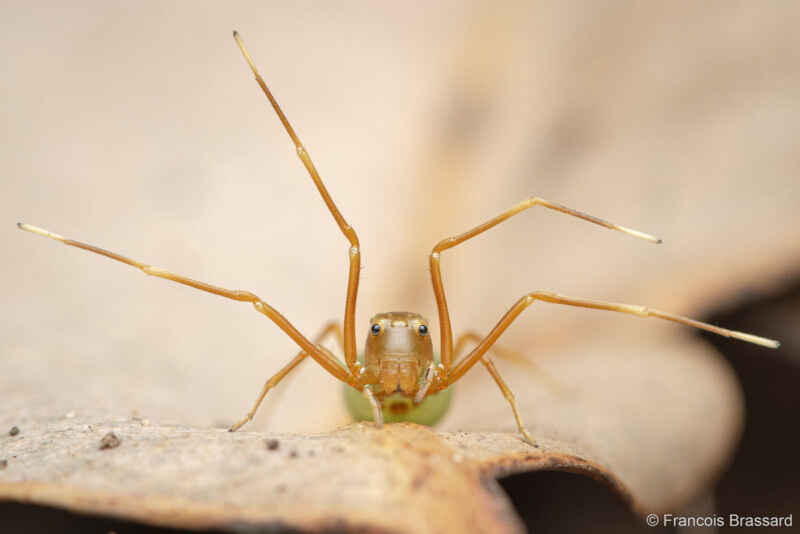 Francois Brassard
Francois Brassard
The Australian Geographic Nature Photographer of the Year competition is produced by the South Australian Museum. An exhibition will run at the South Australian Museum until February 1, 2026.
The exhibition will also go on display at the Australian Museum in Sydney from October 25, 2025, to February 15, 2026. The full gallery of photographs from this year’s competition can be found here.

